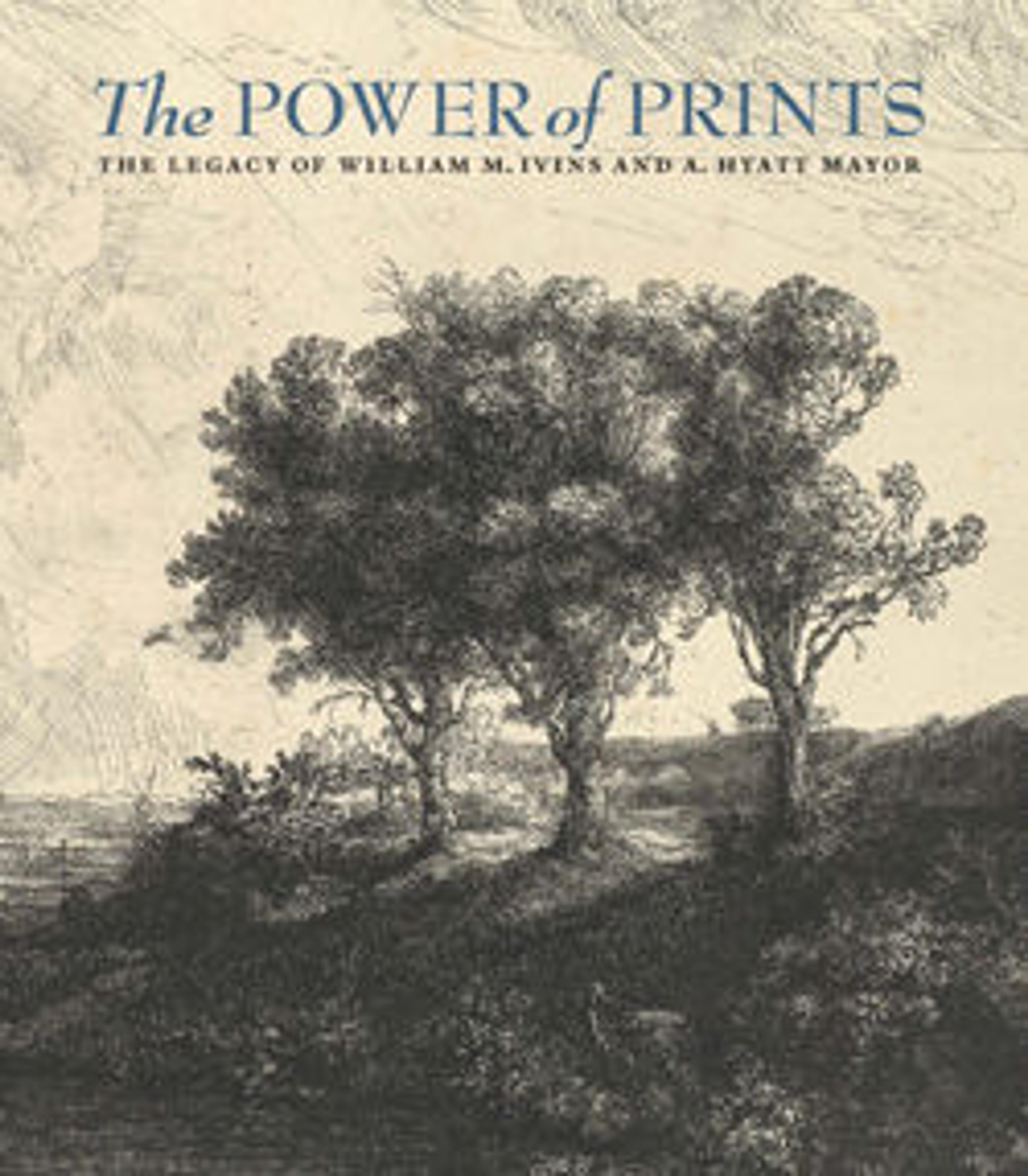Martyrdom of St. Lawrence
One of the most famed printmakers of his day, Cornelis Cort was admired for his ability to translate tonal qualities into a black and white engraving. Cort accomplished this in part through an important technical innovation: It is the nature of an engraved line, cut as it is with a tool (the burin) whose cutting edge comes to a sharp triangular point, to begin as a point, swell almost imperceptibly at the center, and narrow to a point again at the end. Cort exploited this quality of the burin line; by varying his pressure on the tool as he gouged the plate, he developed a flexible line that becomes thicker and thinner along its length, creating various degrees of darkness without adding additional lines.
In the first half of the sixteenth century, Marcantonio Raimondi had successfully translated the firm contours and plastic form of Raphael's mobile figures into engravings through the use of a systematic network of uniform lines. But Titian, an artist known for his colore rather than his disegno, sought a printmaker who could convey the less tangible atmosphere, color, and light for which his paintings were famed, and specifically commissioned Cort to create engravings after several of his designs. This image of the stoic Saint Lawrence upon the grill combines elements of two paintings by Titian; however, the billows of smoke that provide such a wonderful foil for Cort's supple line are found only in the engraving. Cort's swelling and tapering line would have great importance for subsequent engravers, such as Agostino Carracci (Italian, 1557–1602) and Hendrick Goltzius (Netherlandish, 1558–1617).
In the first half of the sixteenth century, Marcantonio Raimondi had successfully translated the firm contours and plastic form of Raphael's mobile figures into engravings through the use of a systematic network of uniform lines. But Titian, an artist known for his colore rather than his disegno, sought a printmaker who could convey the less tangible atmosphere, color, and light for which his paintings were famed, and specifically commissioned Cort to create engravings after several of his designs. This image of the stoic Saint Lawrence upon the grill combines elements of two paintings by Titian; however, the billows of smoke that provide such a wonderful foil for Cort's supple line are found only in the engraving. Cort's swelling and tapering line would have great importance for subsequent engravers, such as Agostino Carracci (Italian, 1557–1602) and Hendrick Goltzius (Netherlandish, 1558–1617).
Artwork Details
- Title:Martyrdom of St. Lawrence
- Artist:Cornelis Cort (Netherlandish, Hoorn ca. 1533–1578 Rome)
- Artist:After Titian (Tiziano Vecellio) (Italian, Pieve di Cadore ca. 1485/90?–1576 Venice)
- Date:1571
- Medium:Engraving
- Dimensions:Sheet: 19 13/16 x 13 3/4 in. (50.3 x 34.9 cm)
- Classification:Prints
- Credit Line:The Elisha Whittelsey Collection, The Elisha Whittelsey Fund, 1949
- Object Number:49.97.537
- Curatorial Department: Drawings and Prints
More Artwork
Research Resources
The Met provides unparalleled resources for research and welcomes an international community of students and scholars. The Met's Open Access API is where creators and researchers can connect to the The Met collection. Open Access data and public domain images are available for unrestricted commercial and noncommercial use without permission or fee.
To request images under copyright and other restrictions, please use this Image Request form.
Feedback
We continue to research and examine historical and cultural context for objects in The Met collection. If you have comments or questions about this object record, please contact us using the form below. The Museum looks forward to receiving your comments.
